Onions are always in the kitchen. There is no fat in them, and they are full of nutrients. Root veggies like these are used in many recipes from all over the world because they taste good. You can easily find them at the food store, either in pieces or in mesh bags.
But did you know that it’s simple to grow these veggies in your own garden?
People have grown these well-known globular roots, which are in the genus Allium and family Amaryllidaceae, as a food crop for a very long time. Some of you may have grown them from seeds or small baby bulbs or sets, and now you can’t wait to eat them.
How do you make sure they stay fresh until you use them? Unless you want to use all of your roots right away, you will need to get them ready to store. Curing is the process of getting ready, and it will help your crop last longer without going bad or getting moldy.
The right gathering time and method are the first steps in getting food ready for long-term storage. Then you’ll pick out the toughest bulbs and prepare them by letting them dry out until you’re ready to eat them. Put on your gardening gloves and let’s begin! Quickly, you’ll be able to cut, dice, and peel your next tasty onion-based food.
Why do onions need to be cured?
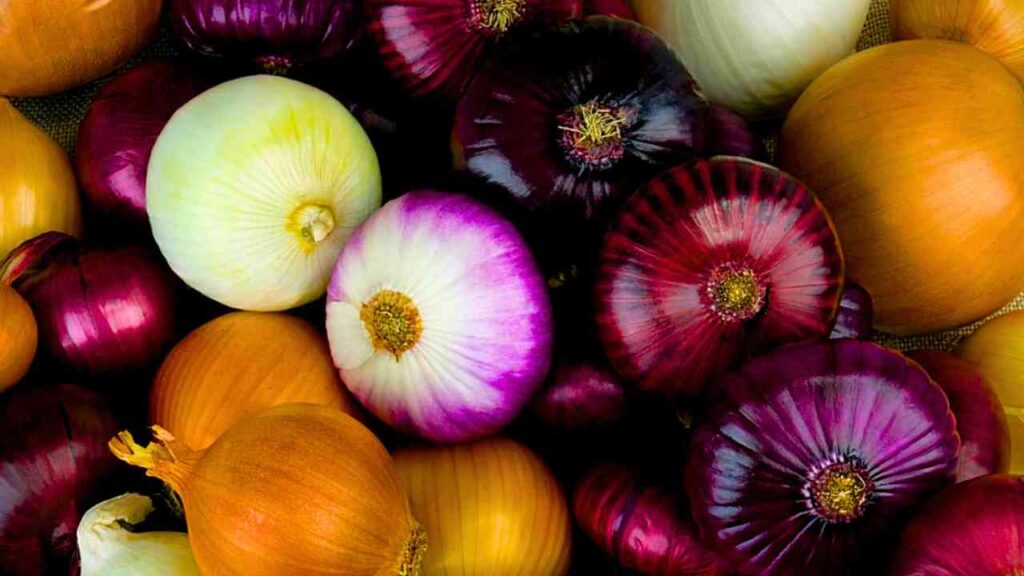
Because you want to save some alliums for later, you’ll need to fix them first. Only cured onions can be kept for more than two weeks. You can eat any bulb when it’s raw.While they are being “cured,” your newly picked garden onions are left to dry in a safe place. But not too much. You want them to stay fresh and tasty while keeping germs, bacteria, and bugs away. Onions, garlic, white potatoes, sweet potatoes, and winter squash are all common garden veggies that need to be cured.
It’s simple to cure and store the food. But it’s important to know what to do. Badly healed bulbs won’t keep well, and you could end up with a pile of moldy, smelly, rotten roots. Protect your harvest until you’re ready to use it by following these simple steps.
When to Harvest
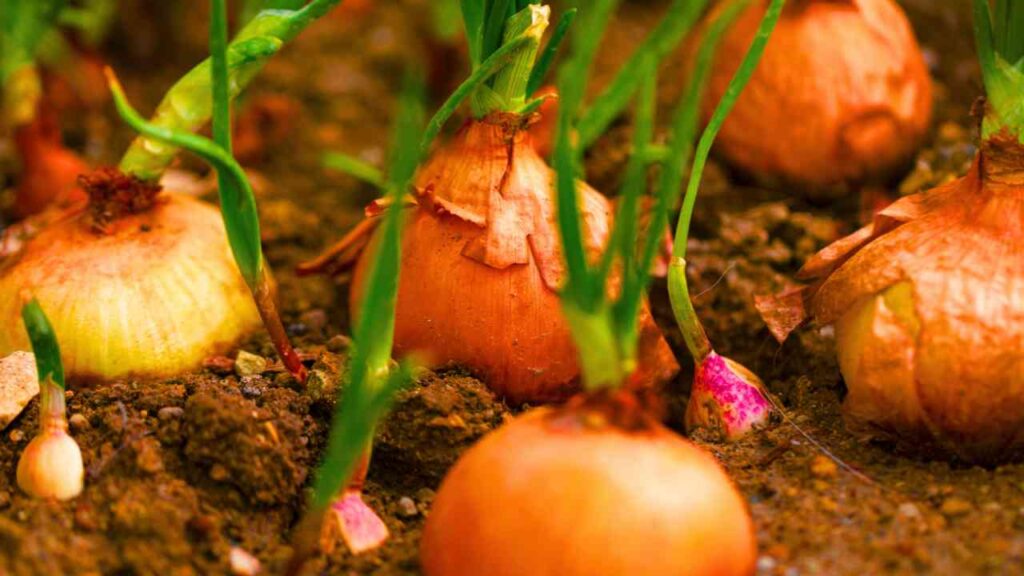
If you know when to gather your crops, you can get the most beautiful and tasty food. You know that an onion plant has two main parts: the soft bulb that grows below ground and the green leaves that grow above ground.
While you consume the bulbs, you closely monitor the leaves to determine when they are ready for harvesting. The thick green stems of your crop were full and juicy while it was growing. Now you need to look for signs that the bulbs are ready to be picked.
When the necks start to soften and two-thirds to three-quarters of the green tops fall over, it’s time to pick. The leaves will also begin to turn yellow and brown at this point. If you wait any longer, your crop could start to rot while it’s still in the ground. You also don’t want to pick them too early, or they won’t grow to their full size.
Take Care When You Harvest
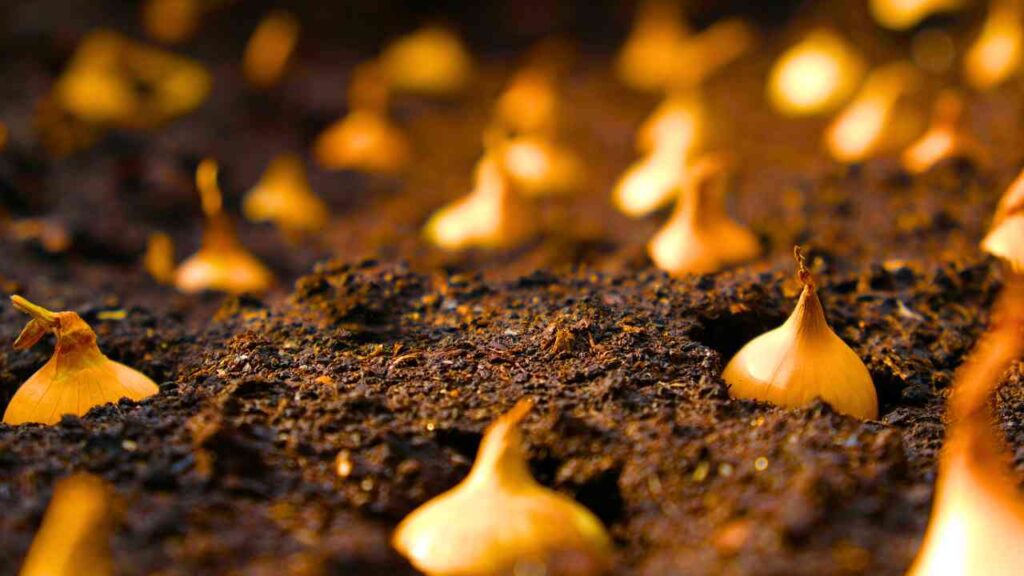
Be careful when you harvest so you don’t hurt or cut them by mistake. Do not drop them or hit them against anything.
Bumps and cracks in bulbs make them more likely to rot and don’t last long.To get to the roots, lift the dirt around them with a garden fork. When the ground around them isn’t firm, it will be simple to lift them off of it. Don’t cut into the bulbs by mistake; leave a few inches of space between the fork and them.
Get Rid Of The Dirt
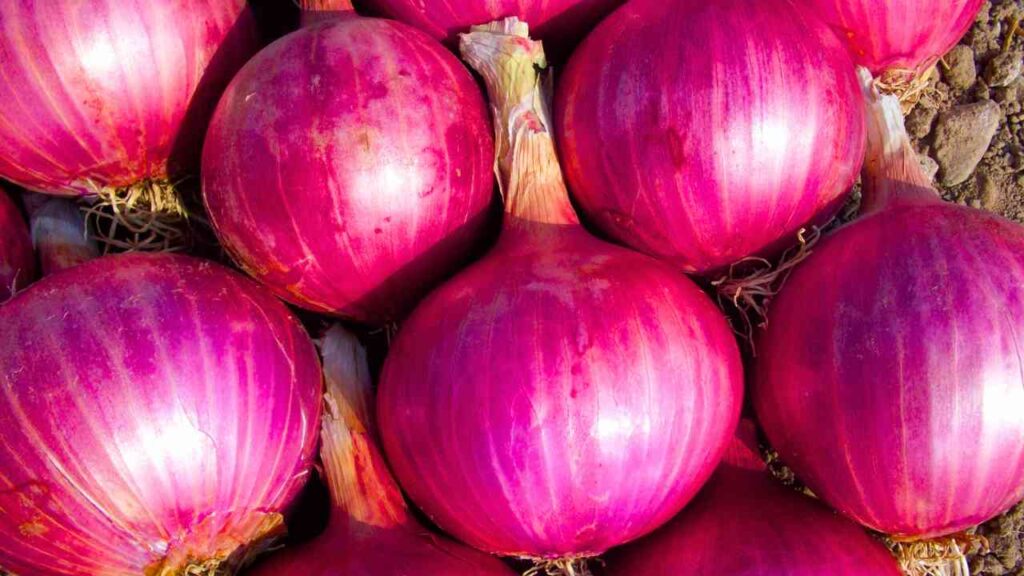
The bulbs will have dirt on them, but don’t use water to clean it off. Adding extra water that can cause mold and rot is not what you want to do. Carefully brush off any extra dirt from the bulbs with a very soft brush, a cloth, or your covered hand. If you use a brush, don’t scrub too hard. Just make the dirt soft enough to rub off easily.
High-Quality Onions Store
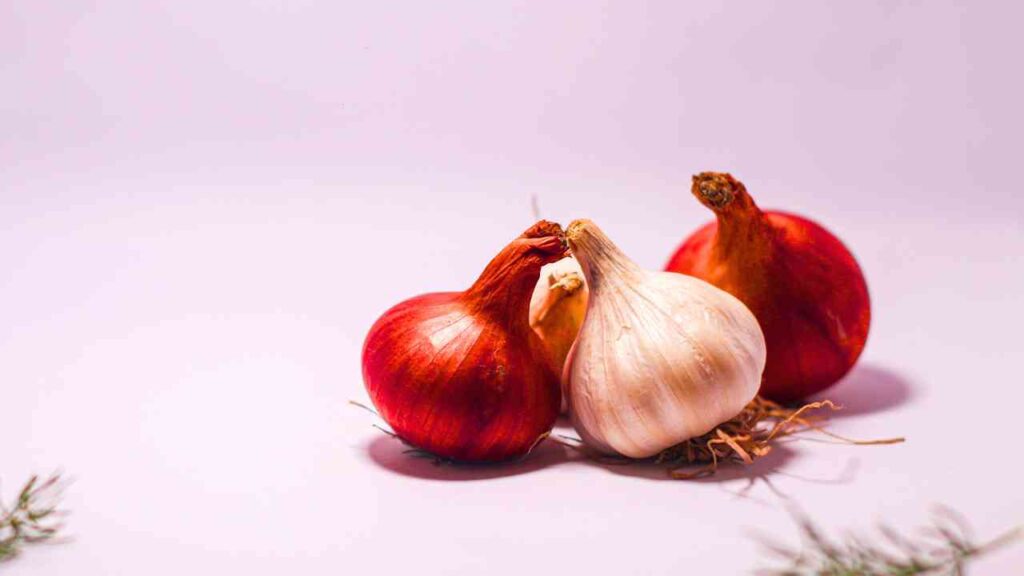
Remember to only store your best lights, even if it seems like a big deal. After you gather bulbs that look like they might be broken, you should eat those first. It’s not worth the trouble to store lights that aren’t very good because they will probably go stale quickly. Pick out the best lights and get them ready to be stored for a longer time.
Dry Them Well Enough
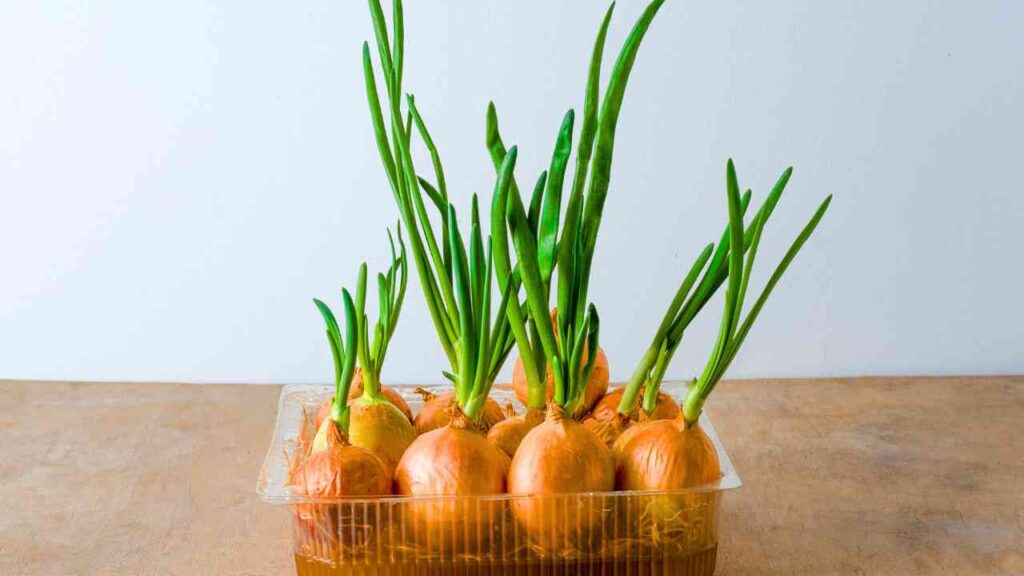
If you don’t treat onions first, they won’t last long in the fridge. They can be cured inside or outside. They only need a warm, dry, well-ventilated place to live, like a closet or shed that is out of the way. airflow: To keep mold and mildew from growing, you need adequate airflow.
Temperature
Place your onions to cure somewhere warm, between 75°F and 90°F (24°C and 32°C).
Wetness
Keep onions that are being cured somewhere dry. If it looks like it might rain or dew a lot while they’re outside, bring them inside.
How long
For two to four weeks, let the onions cure.
Layers
Don’t stack or pile your onions on top of each other when you dry them. Instead, dry them in single layers.
Surface
Place your onions on a clean, dry, level surface. You can dry things on a table, a bench, chickenwire drying racks, wooden drying racks, or even an old screen door.
Light
There is no need for light. They only need to be kept out of strong sunlight, which can damage the bulbs.
Have they been healed yet? Bulbs that haven’t been treated properly are likely to rot. To get well-cured onions, follow the steps above. The outside skin and neck will be completely dry when they are fully healed. They will feel like thin, dry, crinkly paper.
Cut off the Leaves
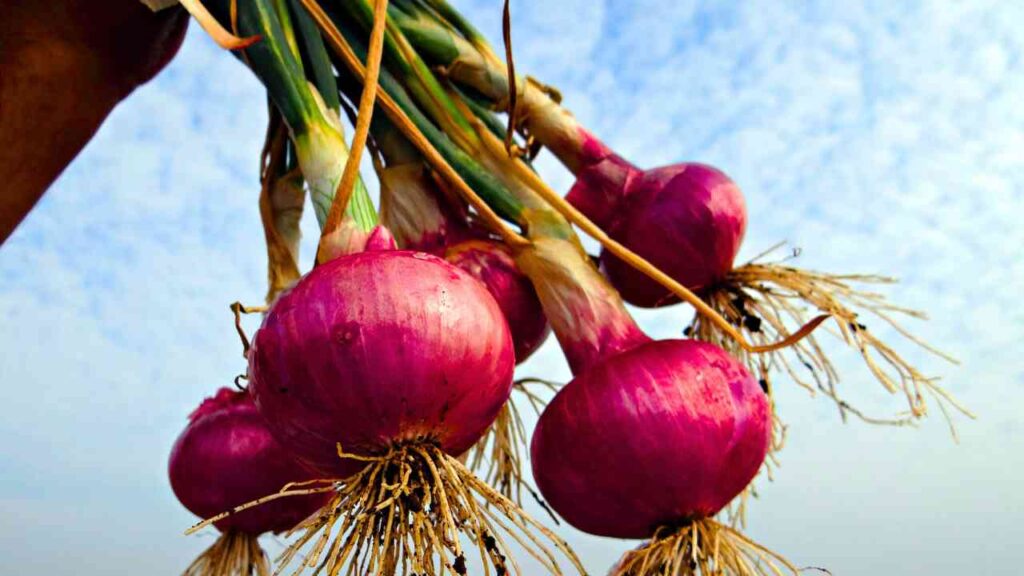
Once it’s dry, cut off any leaves that are still connected to the bulb. Leave an inch of stem above the bulb, and throw away the leaves that you cut off. Some people like to braid the dried leaves together while leaving the leaves connected.
But stems that haven’t been trimmed are a little more likely to rot than stems that have been clipped. Those whose roots have been trimmed may be a little easier to store because there is less plant matter in the way.
Do Regular Checks
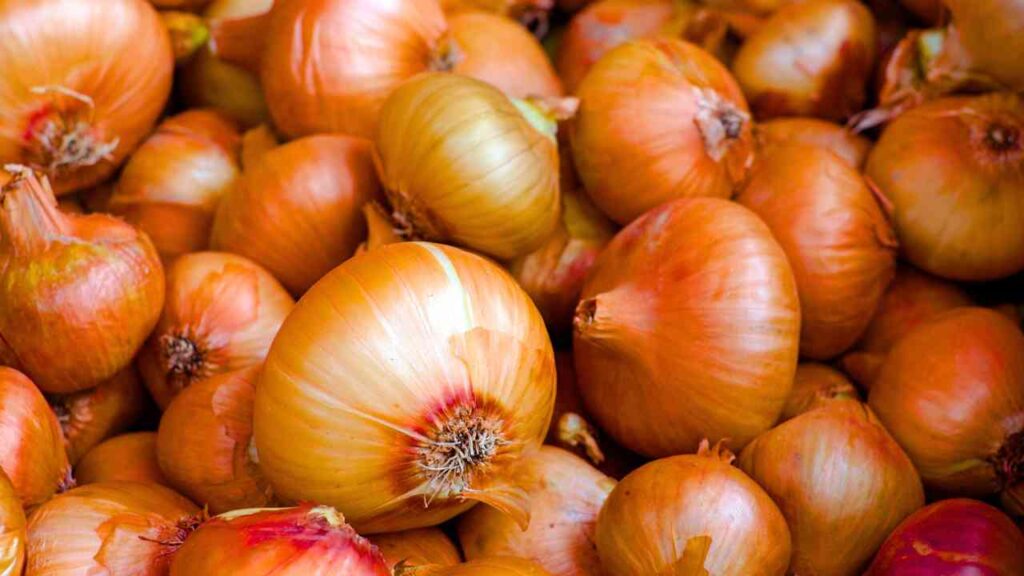
Onions can go haywire even if they’ve been fixed for a long time. Every once in a while, check on your kept onions to make sure they’re still good. Make sure the place where they are stored stays cool, dry, and has good air flow. Throw away the ones that smell bad, look like mold, or are soft and mushy. Keep them until you need them.
How Long Do They Last?
How long cured onions last varies on the type, how they were stored, and how well they were prepared for storage. Onions that have been cured can last for a few weeks to two months.
Where to Store Things
You can put them in a basement, cellar, or garage that isn’t heated. Could you keep them somewhere with good air flow? Keep them away from other kept fruits and vegetables. For example, apples, white potatoes, and sweet potatoes can all be stored in the same way. However, if you keep them together for a long time, the onions and garlic smells will get into them.
Container for Storage
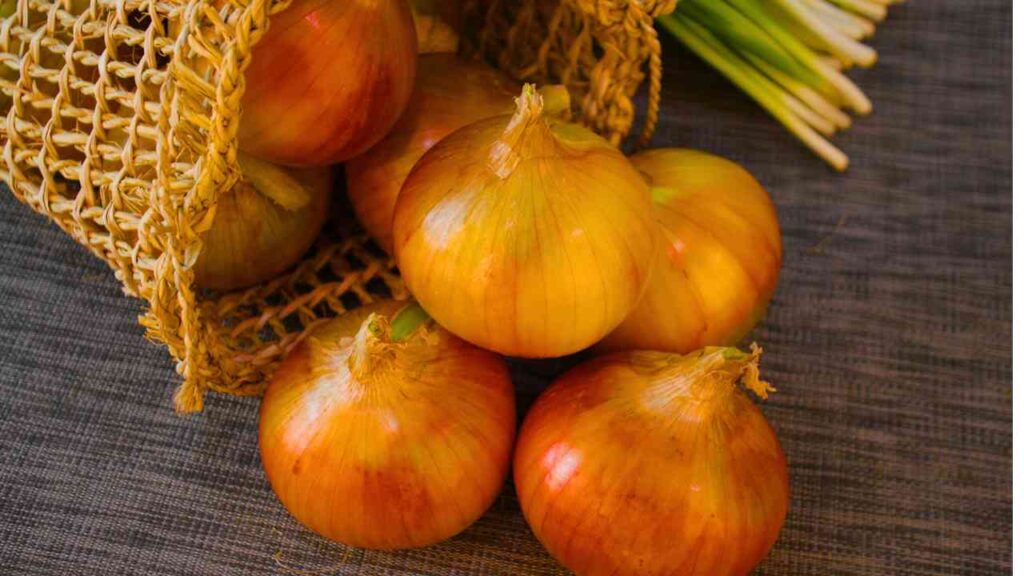
Use mesh bags, milk-style boxes, or a wire basket to store cured onions. An open wooden box or harvest basket can also be used. It’s very important that your storage bin lets a lot of air flow through it.
Do not store them in cases with lids or anything else that has solid sides that stop air from moving. Make sure it’s easy to check on your root storage, no matter what folder you use. A bad onion generally smells bad, and you’ll have to look around to find the one that’s bad and throw it away.
How Hot or Humid It Is
Keep them somewhere cool, between 32°F and 36°F (0°C to 2°C). Keep them from freezing. About 60% or less of the air should be dry. They will start to sprout early if they are put somewhere that is 40°F (4°C) or warmer.
Light
Keep it somewhere dark. They will start to grow when they get light. They can be left out in light for short amounts of time, but not on a counter that is very bright, for example.
Have Fun!
You can eat your stored roots as soon as they smell good, look good, and feel hard. Keep them for at least a week. Yes, you can still eat them even if they have sprouts. Just make sure they are still fresh and firm.
When you grow foods that last a long time, like onions, you can keep them for a long time after the growing season is over. It’s easy to get fresh onions for your best recipe. Just go to your storage room and use one. After that, you can start cooking!

